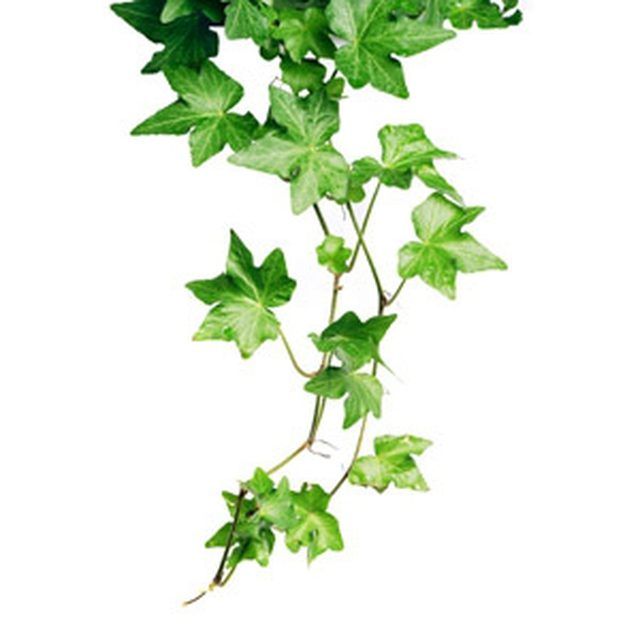Bulbs
Flower Basics
Flower Beds & Specialty Gardens
Flower Garden
Garden Furniture
Garden Gnomes
Garden Seeds
Garden Sheds
Garden Statues
Garden Tools & Supplies
Gardening Basics
Green & Organic
Groundcovers & Vines
Growing Annuals
Growing Basil
Growing Beans
Growing Berries
Growing Blueberries
Growing Cactus
Growing Corn
Growing Cotton
Growing Edibles
Growing Flowers
Growing Garlic
Growing Grapes
Growing Grass
Growing Herbs
Growing Jasmine
Growing Mint
Growing Mushrooms
Orchids
Growing Peanuts
Growing Perennials
Growing Plants
Growing Rosemary
Growing Roses
Growing Strawberries
Growing Sunflowers
Growing Thyme
Growing Tomatoes
Growing Tulips
Growing Vegetables
Herb Basics
Herb Garden
Indoor Growing
Landscaping Basics
Landscaping Patios
Landscaping Plants
Landscaping Shrubs
Landscaping Trees
Landscaping Walks & Pathways
Lawn Basics
Lawn Maintenance
Lawn Mowers
Lawn Ornaments
Lawn Planting
Lawn Tools
Outdoor Growing
Overall Landscape Planning
Pests, Weeds & Problems
Plant Basics
Rock Garden
Rose Garden
Shrubs
Soil
Specialty Gardens
Trees
Vegetable Garden
Yard Maintenance
How to Take Care of Ivy Plants
How to Take Care of Ivy Plants. It's easy to see why ivy is such a popular houseplant. With its trailing, vining habit and classic lobed leaves, the ivy connotes romance and elegance. Hundreds of ivy cultivars are available to choose from in a wide variety of leaf shapes, sizes and colors. Ivy is adaptable, lending itself beautifully to a hanging...

It's easy to see why ivy is such a popular houseplant. With its trailing, vining habit and classic lobed leaves, the ivy connotes romance and elegance. Hundreds of ivy cultivars are available to choose from in a wide variety of leaf shapes, sizes and colors. Ivy is adaptable, lending itself beautifully to a hanging basket or winding its way up a support. Ivy is the classic topiary plant because of its willingness to grow up and around structures.
Identification
There are a number of ivy species to choose from. Three are commonly grown indoors:
• Algerian ivy (Hedera caneriensis) has large leaves and is a rapid grower, making it ideal for a hanging basket. It's commonly used by the florist trade in bouquets.
• Persian ivy (Hedera colchica) is another vigorous grower. Its leaves are leathery and heart-shaped, and can be 3 to 8 inches long. When crushed, the leaves give off a distinctive aroma.
• English ivy (Hedera helix) is probably the best known ivy and an excellent houseplant for a beginner.
The American Ivy Society uses an eight-category system to identify ivy, with categories including:
• Variegated--These ivies have two or more colors, including white, cream, gold, yellow, or chartreuse.
• Bird's foot--As their name suggests, these ivies look like the feet of a bird, with narrow lobes and a long, thin leaf.
• Fans--Fan ivies have broad leaves with 5 to 9 lobes of equal length, resembling a fan.
• Curlies--These ivies have leaves which are wavy, ruffled or ridged.
• Heart-shaped--Sometimes called "sweethearts," these ivies have a leathery look and are rarely lobed.
• Miniatures-- The smallest ivies are slow growers whose largest leaves are no bigger than 3/4 inches long and 1/2 inch wide, making them good terrarium subjects.
An ivy plant can fall into more than one of these categories.
Some interesting cultivars to look for:
• 'Duckfoot' has a mounding form and miniature duckfoot-shaped leaves.
• 'Gold Heart' has heart-shaped leaves with centers of creamy yellow.
• 'Shamrock' is a miniature bird's foot variety with deeply cut, rounded lobes.
• 'Curly Locks' has large, rounded curly leaves with rippled lobes.
Culture
Use a good rich all-purpose potting soil, or a soil-less potting mix. Make sure the container has good drainage.
Your ivy will tolerate average indoor temperature and humidity, but it will do best in cool, moist air. Increase humidity by using a plant tray with pebbles in shallow water. Misting your ivy, particularly during the dry winter months, helps keep the leaves from drying out and discourages spider mites. Keep the plant out of drafty areas.
Place your ivy in medium- to bright-filtered light. Avoid sitting it in direct sun in a south or west-facing window as this could cause the leaves to burn. in general, variegated forms require more light. If an ivy's variegation disappears, that is an indication that the plant requires more light. You can also successfully grow your ivy under artificial light in a basement or office setting.
When watering your ivy, use warm water. Remember that the plant does not need as much water in the winter months as it does the rest of the year. Keep the soil evenly moist, but not soggy.
Feed your ivy during its active growth period, spring through fall. Use a fertilizer intended for foliage plants.
Propagation
Pinching an ivy's vines serves two purposes: It will keep the plant bushy and full, and it allows you to make new plants. Pinch or cut the stem right above a leaf.
Strip the lower leaves of your cuttings. Place the stems in a glass with enough water to cover an inch or so of the lower stems.
Within a couple of weeks, you will see roots emerging from the lower ends of the cuttings. As soon as the roots become well devleoped, you can pot the stems to share with others.
Tips & Warnings
The leaves of the ivy are poisonous, and can cause skin irritation. Ivy is toxic only if eaten in large quantities, but it is best to keep it out of reach of pets and children.